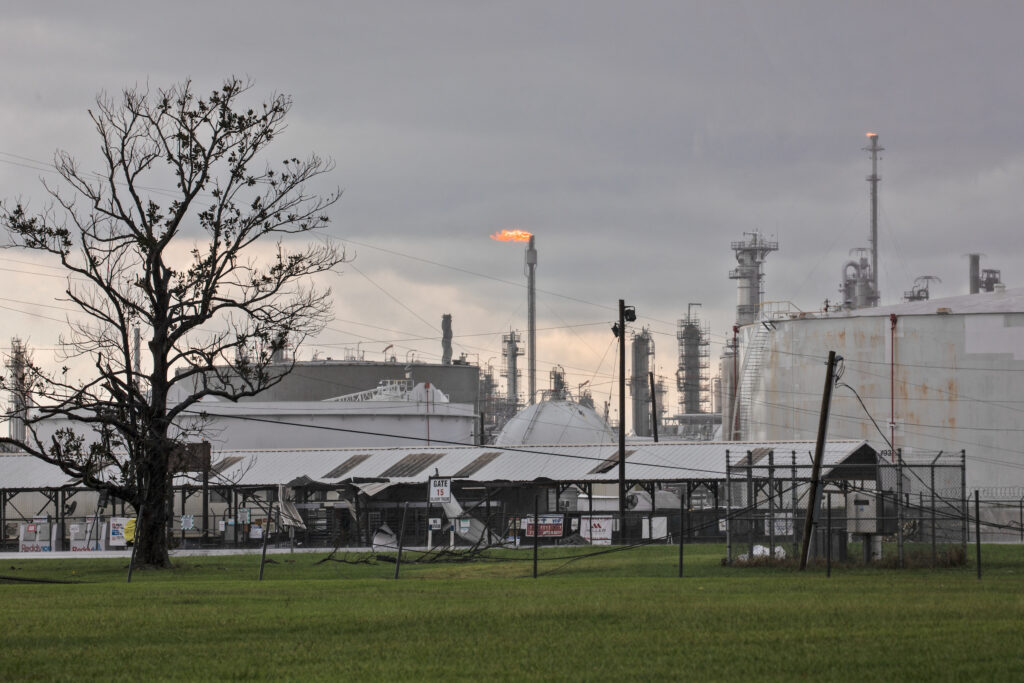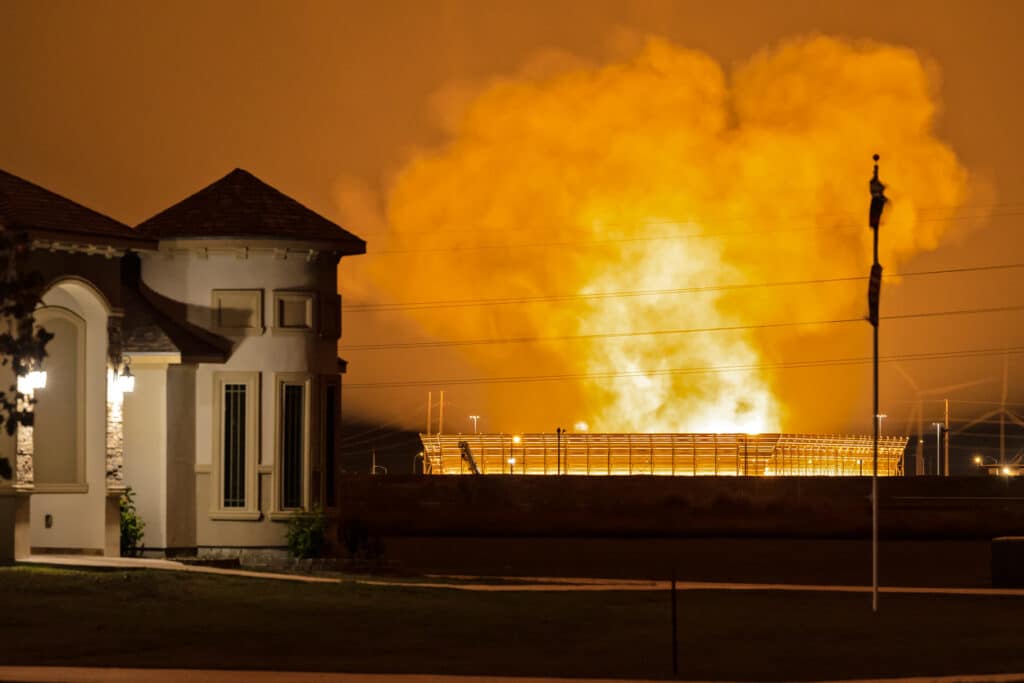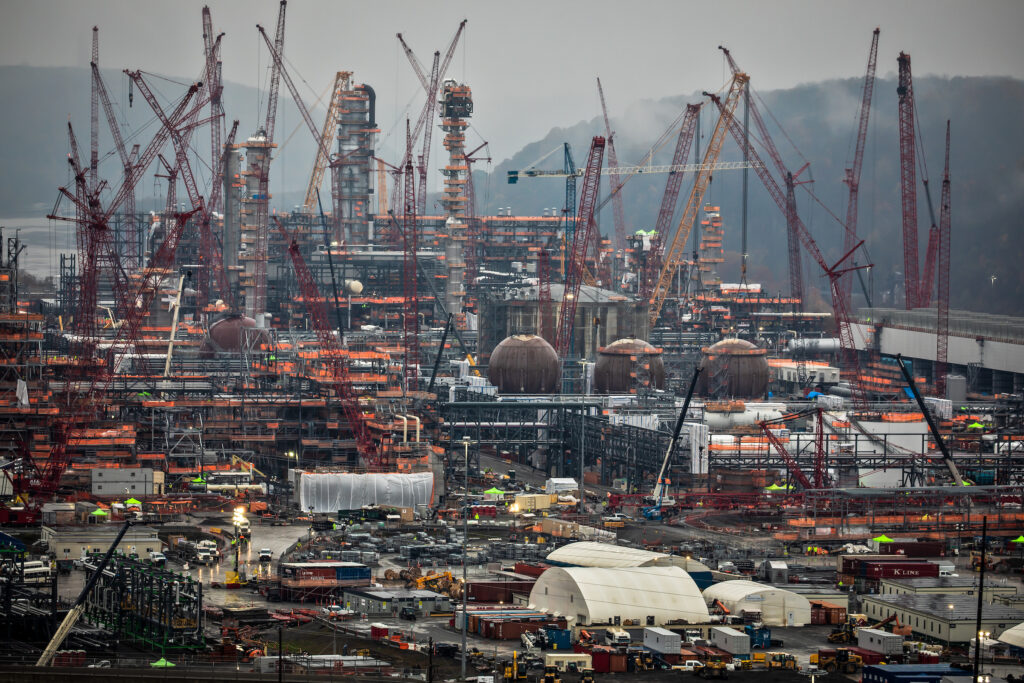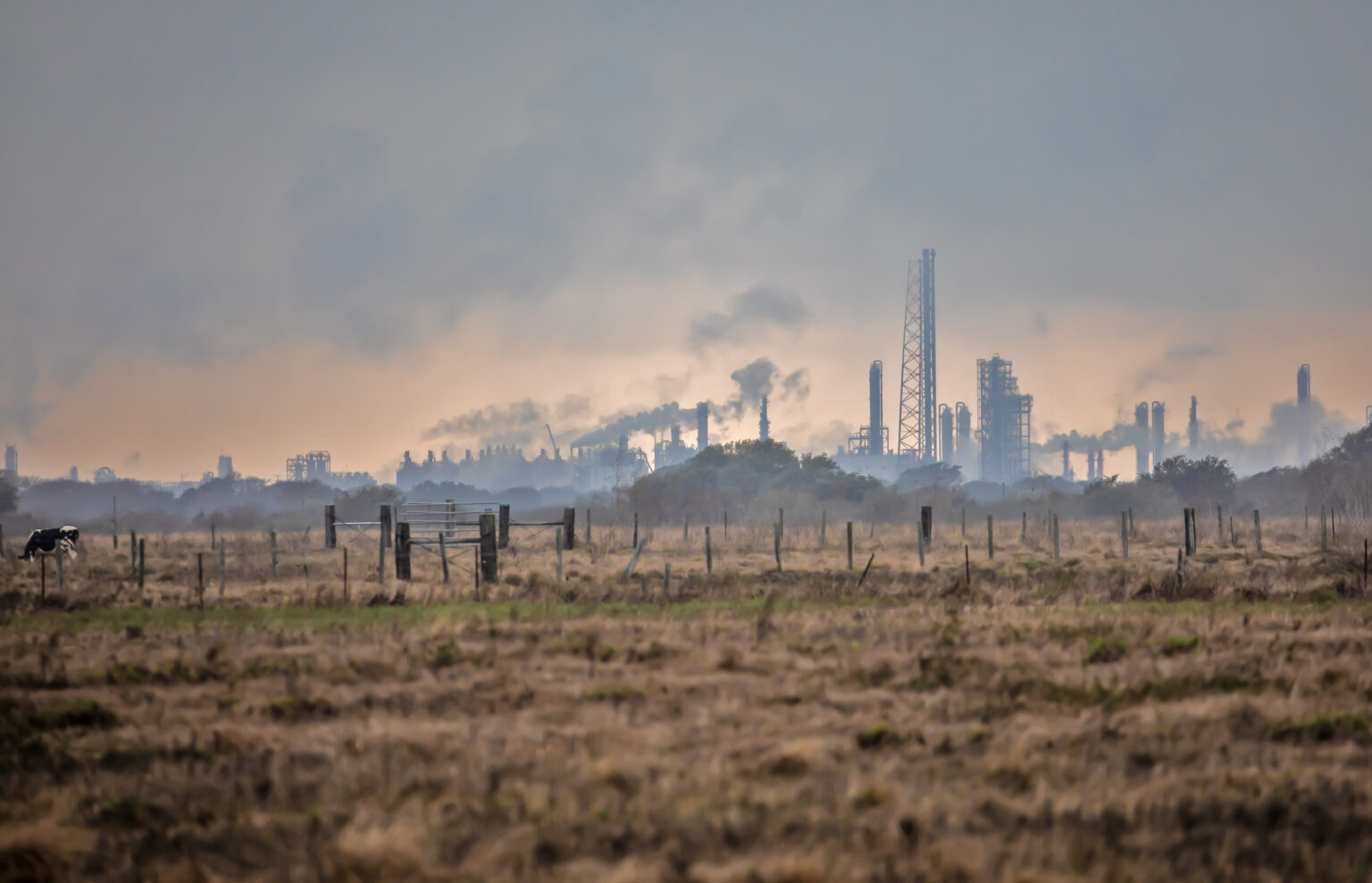Through billions in tax breaks and subsidies, taxpayers in Louisiana, Texas, and other states have supported the construction or expansion of dozens of facilities manufacturing plastics in the United States since 2012. However, many of these plants have also repeatedly exceeded legal limits on the air pollution they release into surrounding communities, disproportionately affecting people of color. That’s according to an Environmental Integrity Project (EIP) report published on Thursday.

For instance, in 2015, then-Louisiana Governor Bobby Jindal welcomed Indorama Ventures — one of the world’s biggest producers of single-use plastic — to the state with a $1.5 million grant to renovate a dormant petrochemical plant in Westlake, across the Calcasieu River from Lake Charles. Indorama also received an industrial tax exemption worth $73 million, absolving the Thai-based corporation from paying property taxes for 10 years that would have gone to local schools, fire departments, and the sheriff’s office.
In return, the corporation promised to be an “industry leader in safety” and to “meet or exceed all environmental regulations.” But as Indorama began its startup of the facility’s ethylene cracker unit, in 2019, its flare roared day and night. James Hiatt, a Lake Charles resident and founder of community-based organization For a Better Bayou, could see the bright light from his house. “When it started up, it was black smoke rolling all the time,” he told DeSmog. “The noise from that flare rattled people’s windows and houses.”
Within the first five months of 2019, the facility released more than 90 times the amount of volatile organic compounds (VOCs) allowed by its air permit. (VOCs are a group of chemicals tied to a broad range of potential health impacts, from nosebleeds to cancer.) Over the last decade, an abundance of cheap natural gas unleashed by the fracking boom drove plastic makers, like Indorama, to construct new plastic facilities and expand those already built in the U.S.
The new EIP report examines the tax subsidies and environmental compliance of 50 plastics plants built or expanded in the U.S. since 2012, including Indorama. The report shows that Indorama is part of a larger trend of polluting plastic facilities receiving generous tax subsidies.
Indorama did not respond to a request for comment by deadline.

EIP found that nearly two-thirds of the plastic plants received state and local governments tax breaks or subsidies, the combined cost of which was nearly $9 billion. On an annual basis, that’s almost double the combined budgets of the environmental regulatory agencies of Texas and Louisiana, where most of the facilities were built or expanded, according to the report. In the past three years, more than 80 percent of the facilities violated their air pollution control permits.
Alexandra Shaykevich, a research manager at the Environmental Integrity Project and an author of the report, told DeSmog that the total cost of the subsidies was “overwhelming.”
“You could do so much with that amount of money,” she said. “We’re more stingy when it comes to government support for individuals. We’re much more lax with multibillion dollar corporations.”

In addition to day-to-day air pollution, all but three of the facilities reported some sort of accident, explosion, or malfunction in the past five years. While researching for the report, Shaykevich read through the grisly details of these incidents. “I read reports about loss of life, workers going to the hospital with third degree burns,” she said. “I think just the scale of it was really shocking to me.”
The EIP report makes recommendations to address the size of the tax subsidies, including stricter air pollution limits that are protective of the health of nearby communities and rejecting or revoking tax exemptions for companies that violate their environmental permits. But in Louisiana, the rules regarding which projects quality for the Industrial Tax Exemption Program just got a bit laxer. Last month, Louisiana Gov. Jeff Landry signed an executive order doing away with a requirement that projects that receive the tax exemption create or retain jobs.
“Nobody should be getting a free ride here,” Hiatt said. “We have a bus driver shortage. We have a certified teacher shortage. All of this money that’s being handed out to corporations from elsewhere could be benefiting this community reeling from hurricanes three years ago.”
Subscribe to our newsletter
Stay up to date with DeSmog news and alerts







